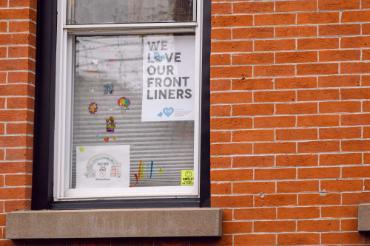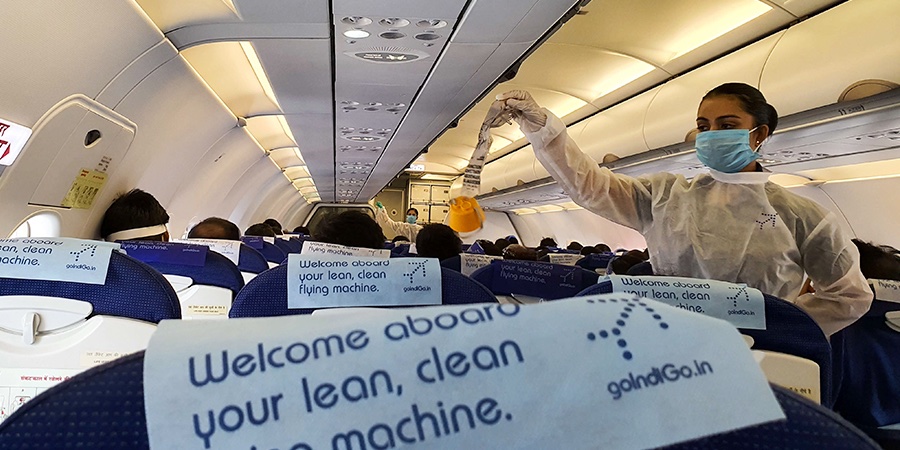
Virginia Mason Medical Center
Virginia Mason Medical Center: Managing Wellbeing in Virtual Environments
Jennifer Richards, MBA '00
Interim Chief Human Resource Officer
Virgina Mason Medical Center
 How was your industry impacted and how will it transform?
How was your industry impacted and how will it transform?
The healthcare industry has obviously been greatly impacted and has risen to the occasion to meet the needs of our patients and communities in new and innovative ways, such as now providing virtual health appointments.
While there were (and continue to be) many positive changes coming out of the response to COVID, we are concerned about the mental and behavioral health crisis looming in the background and the toll the pandemic is taking on all of us.
To that end, we made a conscious effort to support the emotional, financial, physical, and social wellbeing of our team members in new ways.
We created a Care for the Colleague program which provides support for frontline team members dealing with difficult clinical and personal experiences. It has been shown that trained peers are the most effective way to provide 'emotional first aid'.
We instituted Compassion Rounds, facilitated by our Spiritual Care and Palliative Care departments, to provide a safe environment where frontline team members can share their stories.
We introduced enhanced counseling benefits through our Employee Assistance Program, including convenient and rapid access to virtual behavioral health visits. A pop-up grocery market in our cafeteria provided team members with low cost staples like flour, sugar, canned and paper goods at a time when they weren’t readily available in stores and our team members were too mentally and physically exhausted to shop after work.
We launched an internal website to provide resources every week to support different dimensions of team member wellbeing.
We had to pivot not only our mindset that the traditional way was much better, but also how we engage with people.
Jennifer Richards Virginia Mason Medical CenterWhat practices were shelved to make way for new ones?
From an HR [human resources] perspective, much of what we offered to our applicants and team members pre-COVID was done in person. From interviews and job fairs/open houses to new hire orientation to ongoing training and development, we connected, engaged, and built relationships face-to-face.
Now, 85-90% of our HR practices and programs are offered primarily in a virtual format. We had to pivot not only our mindset that the traditional way was much better, but also how we engage with people as it requires new/different technology and a different approach to have the much-needed human-to-human connection most crave.
What did you think would never go away that did go away?
We’ve known for years from other industries that virtual workforces could be very productive with proper setup and continued nurturing and engagement. Yet we continued our thinking that it just couldn’t be effective in our setting, even for non-patient facing roles.
 As was the case for most organizations and industries, we were forced to figure out how to set up virtual workforces rapidly and found our old way of thinking went away. We are now planning for some departments and functions to be 100% virtual moving forward.
As was the case for most organizations and industries, we were forced to figure out how to set up virtual workforces rapidly and found our old way of thinking went away. We are now planning for some departments and functions to be 100% virtual moving forward.
We also found that we needed to change the way we operate day-to-day. Long-standing decision-making processes and communication methods just don’t work anymore.
Do you see any opportunities in this brave new world?
The opportunities are endless. When presented with new challenges, we become more creative, more innovative. Organizations that are able to see the possibilities for new ways of working and living will be successful.









